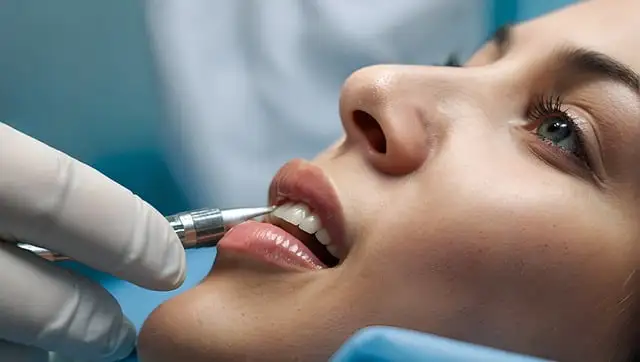Navigating the vast landscape of skincare can be a daunting task, with countless products and ingredients claiming to deliver extraordinary results. Identifying the essentials among the plethora of lotions, creams, sunscreens, and peels is no small feat. The key to attaining and maintaining glowing, healthy skin lies in understanding the scientific principles that govern your skin's needs.
This piece delves into the science behind skin, examining its layers, functions, and the interaction between various ingredients and your skin. We will tackle prevalent skin concerns such as acne, aging, and dryness, and offer insights on tailoring your skincare routine to meet your skin's unique requirements.
1. Foundations of Healthy Skin: Understanding Skin Structure
Before you can choose the right skincare products, it's crucial to have a clear understanding of the structure and function of your skin. Your skin is not just a protective barrier—it is a complex organ that performs vital tasks to protect your body. Here is a succinct overview of its layers and their functions:
Epidermis: The Outermost Protective Layer
The epidermis is the outermost layer of the skin, acting as your first line of defense. It consists of multiple layers of cells, with the stratum corneum at the top, made up of dead skin cells that protect your body from environmental damage. The epidermis also contains melanocytes, cells that produce melanin, the pigment that determines your skin color.
- Main Functions: The epidermis shields against harmful microorganisms, prevents dehydration, and protects against ultraviolet radiation.
- Main Components: Melanocytes (pigment production), keratinocytes (structural integrity), and Langerhans cells (immune response).
Dermis: The Layer of Skin Strength
The dermis, located beneath the epidermis, is essential for your skin's strength and elasticity. It contains collagen and elastin fibers, which provide the skin with its firmness and flexibility. The dermis also includes sweat and sebaceous glands, hair follicles, and blood vessels that supply nourishment and oxygen to the skin.
- Main Functions: The dermis supports the epidermis, regulates body temperature, and aids in skin repair and regeneration.
- Main Components: Collagen (strength), elastin (flexibility), sebaceous glands (oil secretion), and sweat glands (temperature regulation).
Hypodermis: The Subcutaneous Layer
The hypodermis, or subcutaneous layer, is positioned below the dermis. It is made up of adipose and connective tissues that insulate and cushion the skin, protect internal organs, and assist in energy storage.
- Main Functions: Insulation, cushioning, and energy conservation.
- Main Components: Adipose cells, connective tissue, and blood vessels.
2. Common Skin Challenges: Unraveling the Science
Our skin faces numerous challenges based on factors such as age, environment, lifestyle, and genetics. Let's explore some common skin concerns and how understanding the science behind them can assist in their management.
Acne: The Mystery of Oil Clogs
Acne occurs when hair follicles become clogged with sebum, dead skin cells, and bacteria. The sebaceous glands produce excessive oil (sebum), which can become trapped in the pore, leading to inflammation and breakouts. Acne is most commonly seen during adolescence due to hormonal changes that increase oil production, but it can also affect adults.
- Main Causes: Overactive sebaceous glands, pore blockage, bacterial activity, and inflammation.
- Strategies: Utilize products that
Recent
See All2025-03-07
Transforming the Beauty Industry: The Fusion of Science, Ecology, and Self-Expression
2025-03-07
Embarking on a Journey to Eternal Beauty: Cultivating Skin for Lasting Grace
2025-03-07
Harness the Skin-Reviving Effects of Green Tea
2025-03-07
Cultivate Your Skin's Health: Uncover the Perfect Body Wash for Your Skin Type
2025-03-07
Enhance Your Skin's Glow with Scientific Skincare: Tips for a Brighter Complexion
2025-03-07
The Importance of Slumber for Skincare: Discovering the Path to Glowing Beauty Through Rest
2025-03-07
Discovering the Path to Glowing Skin: A Guide to Natural Radiance
2025-03-07
Celebrating the Timeless Beauty of Aging: A New Paradigm
2025-03-07
Embrace the Glow: Crafting Your Own Turmeric Facial Mask
2025-03-07
The Connection Between Skincare and Emotional Well-being: How Your Skin Reflects Your Inner Self
Newsletter
Get life tips delivered directly to your inbox!











